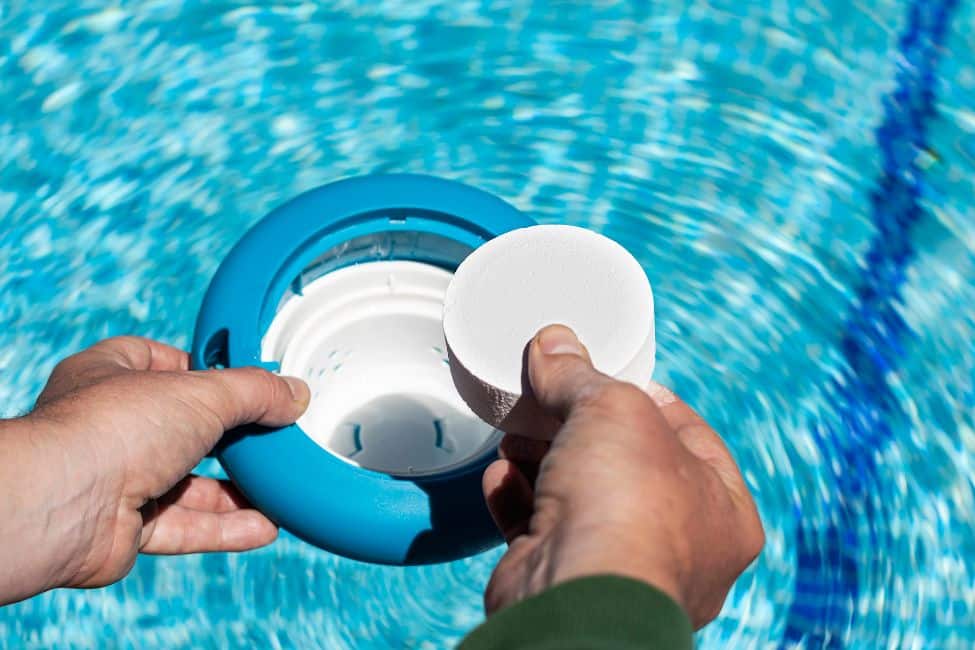When it comes to water quality monitoring, accurately measuring chlorine levels is crucial for ensuring the safety and effectiveness of water treatment processes. Chlorine is widely used as a disinfectant in drinking water, swimming pools, and wastewater treatment plants, and its concentration needs to be carefully monitored.
What is a Tow Chlorine Sensor?
The two chlorine sensor is a device used to measure the free and total residual chlorine in water. It helps to monitor and control water quality by determining the concentration of chlorine in the water. Particularly in areas such as drinking water, swimming pool water, industrial wastewater treatment and sewage treatment, the detection of residual chlorine is essential to ensure that the water is disinfected effectively and to prevent bacterial growth.

Two Chlorine Sensor Measuring Principle
Introduction to Two Types of Chlorine Sensors: Polarographic and Constant Voltage
Chlorine sensors are crucial for monitoring residual chlorine sensors in water, ensuring effective disinfection and maintaining water safety. There are two primary types of chlorine sensors: polarographic sensors and constant voltage sensors. These sensors operate on different measuring principles and offer unique advantages for continuous residual chlorine monitoring in various applications.
- diaphragm polarographic sensor, cathode, anode, electrolyte and cathode covered with a layer of gas permeable thin film composition. The remaining chlorine in the tested solution diffuses to the cathode through the diaphragm, and the cathode and anode are appropriate the polarization voltage can reduce the residual chlorine at the cathode, and these chemical reactions occur in the residual chlorine in the measured solution chlorine is proportional to the current.
- constant voltage sensor, composed of two platinum electrodes and a reference electrode to form a microbattery measurement system. During measurement, a stable electrical potential is maintained at the measuring end of the electrode, and different components are produced under this electrical potential generate different, well linear current intensities.
- polarographic sensor is characterized by:
- Sensitive reaction, high accuracy, good stability
- Simple operation and small maintenance
- Suitable for all kinds of media, film is not easy to damage, pollution resistance
- constant voltage type sensor is characterized by:
- With stable zero performance, to ensure accurate and reliable measurement
- Simple structure, easy to clean
- It is suitable for measuring residual chlorine, chlorine dioxide and ozone in water
Calibration Procedures:
- Zero point correction
Zero correction with chlorine-free water
- Slope correction
Actual measurements are made in a portable or laboratory setting
Make alignment
Matters needing attention:
- PH should be controlled at 5-8pH
- The flow should be controlled at 60-80L/H
- The pressure is within 4bar
Maintenance and Care
- Regular cleaning: It is recommended to clean the sensor, especially the membrane part, regularly to prevent contamination from affecting the measurement accuracy.
- Replacement of the electrolyte: For membrane polarographic sensors, it is recommended that the electrolyte be replaced periodically to ensure the long-term stability of the sensor.
- Calibration frequency: It is recommended that zero and slope corrections be performed periodically, especially in cases of prolonged use or changing environmental conditions.
Summary
By choosing the appropriate technology, industries can ensure the consistent and safe management of chlorine levels in water, ultimately contributing to public health, environmental safety, and operational efficiency. Whether for industrial, municipal, or recreational water systems, chlorine sensors are indispensable tools in modern water treatment and quality management.
Apure water quality monitoring uses advanced sensing technology and intelligent analysis systems, which can monitor many key indicators in water in real time, such as ph, temperature, turbidity, conductivity, etc., as well as flow meter, level meter to judge the water body. Welcome to contact us for customized solutions.
Read more about water quality:
Turbidity meter working principle
Main water quality indicators
COD VS BOD
What is salinity meter?
